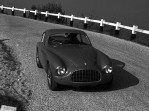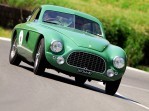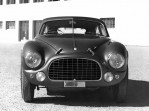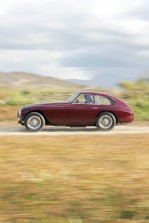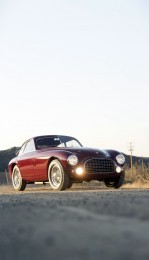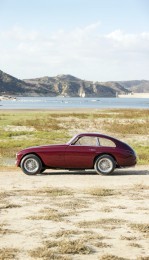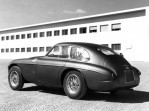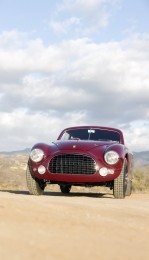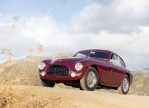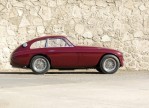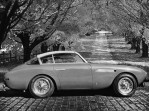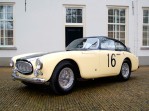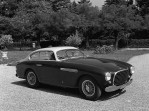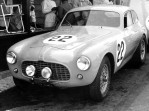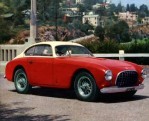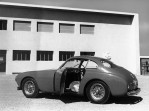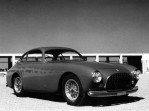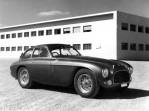Body style: Coupé (two-door)
Segment: Coupe
Production years: 1951, 1952
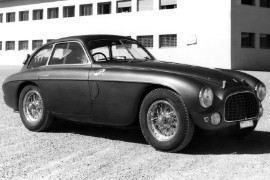 33 Photos
33 PhotosIn 1951 Ferrari was still building its empire as a motorsport icon, but the customers already knew its products on the race tracks.
After its customers raced the first cars, they started to use them on weekend races, but the cars were too heavy. Then, Enzo Ferrari began to offer vehicles made especially for racing but still able to transport their owners in comfort. The Ferrari 212 Export was just that kind of car, built on the same chassis as the 212 Inter but with some magic tweaks that made it special.
The 212 Export was available as a coupe or as a roadster. While the latter was more of a race-car, the Export was a multipurpose vehicle. It was able to storm a race-track and be usable when driving in the rain. Its torque and power allowed it to be driven in the top (fifth) gear from 10 mph (16 kph) to over 90 mph (145 kph). Ferrari built the Export with aluminum body panels to make the car lighter.
The car's sloped back allowed a smoother airflow and less wind resistance. That design led to another advantage for the interior, where the carmaker could have installed two bucket seats at the front and a shelf in the rear for luggage.
The 212 Export featured a V12 engine based on the original Colombo design, but with a different bore and stroke that led to a 2.6-liter displacement and three carburetors. While it was an excellent solution for racing, it wasn't that useful on regular streets. That's why Ferrari offered an option for a different intake manifold fit for a single twin-choke carburetor that provided enough power but a better fuel-efficiency.
FERRARI 212 Export 1951, 1952
- 2.6 V12 5MT (165 HP)
FERRARI 212 Export
2.6 V12 5MT (165 HP)
ENGINE SPECS - 2.6 V12 5MT (165 HP) | |
|---|---|
| Cylinders: | V12 |
| Displacement: | 2562 cm3 |
| Power: | 121.3 KW @ 7000 RPM 165 HP @ 7000 RPM 163 BHP @ 7000 RPM |
| Torque: | 134 lb-ft @ 5000 RPM 182 Nm @ 5000 RPM |
| Fuel System: | 3 Carburetors |
| Fuel: | Gasoline |
PERFORMANCE SPECS | |
|---|---|
| Top Speed: | 137 mph (220 km/h) |
| Acceleration 0-62 Mph (0-100 kph): | 9.2 s |
TRANSMISSION SPECS | |
|---|---|
| Drive Type: | Rear Wheel Drive |
| Gearbox: | 5-speed manual |
BRAKES SPECS | |
|---|---|
| Front: | Drums |
| Rear: | Discs |
TIRES SPECS | |
|---|---|
| Tire Size: | 5.50 x 16 |
DIMENSIONS | |
|---|---|
| Length: | 151.6 in (3851 mm) |
| Width: | 57.1 in (1450 mm) |
| Height: | 51.2 in (1300 mm) |
| Front/rear Track: | 50/49.2 in (1,270/1,250 mm) |
| Wheelbase: | 88.6 in (2250 mm) |
| Ground Clearance: | 5.5 in (140 mm) |
| Aerodynamics (Cd): | 0.4 |
WEIGHT SPECS | |
|---|---|
| Unladen Weight: | 2205 lbs (1000 kg) |
| Gross Weight Limit: | 2646 lbs (1200 kg) |
FUEL ECONOMY (NEDC) | |
|---|---|
| Combined: | 18.5 mpg US (12.7 L/100Km) |
| Notes |
|---|
| Dimensions and weight differ from coachbuilder to coachbuilder |
